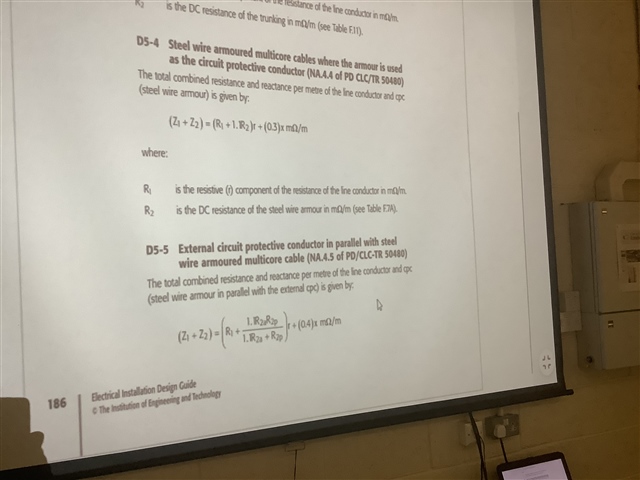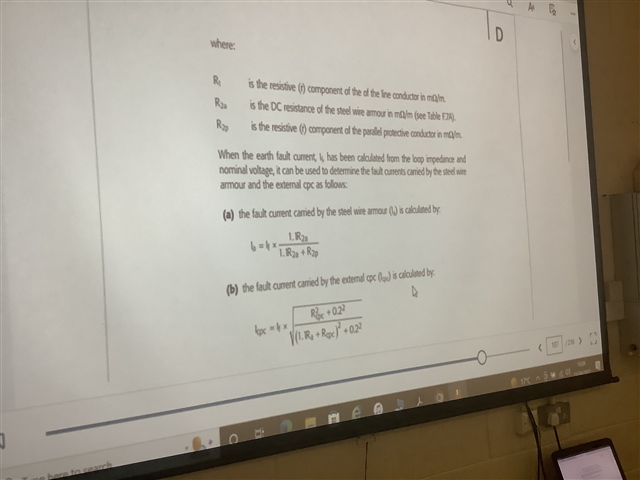I would like to calculate the Zs (external impedance). Would it be fine just calculating the impedance of "L1" and "N" in series from the secondary of the transformer till the final load and completing the loop.
Just concerned the "Ze" zone being the three phase circuit and have a thinking that just adding the impedance would yield inaccurate "Zs".


